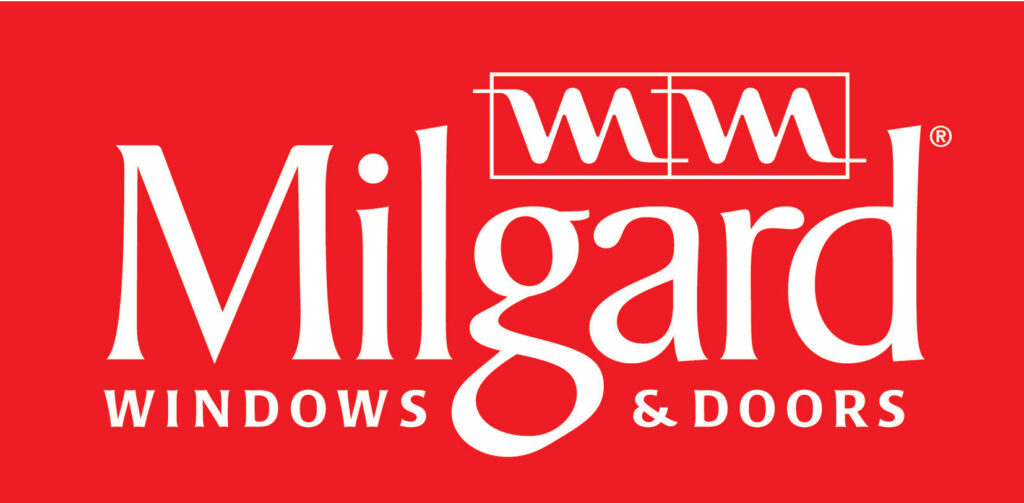Do your Replacement Windows need Low E Glass?
No, Low-E coating is not a requirement for replacement windows. However, choosing windows with Low-E coating is often recommended because it significantly improves energy efficiency. This coating reduces the amount of ultraviolet and infrared light that enters your home without limiting visible light. By reflecting heat back into the room in winter and keeping out solar heat in summer, Low-E windows can help lower heating and cooling costs, provide better insulation, and protect your interior furnishings from sun damage.

What is Low-E Glass?
Low-E, or low-emissivity glass, is a type of window glass that has been treated with a microscopic, thin coating. This coating is designed to reduce the amount of infrared and ultraviolet light that passes through the glass without limiting the amount of natural light entering your home. Essentially, Low-E glass helps keep your home warmer in the winter and cooler in the summer, leading to lower energy bills.
Window Replacement: Upgrading to Low-E Glass
When you’re considering window replacement, upgrading to Low-E glass can be a smart choice. Here’s why:
The Benefits of Upgrading to Low-E Glass for Window Replacement
- Energy Efficiency: Low-E windows reflect heat back into the room during winter and keep out solar heat during summer, reducing the need for heating and air conditioning.
- UV Protection: These windows can block harmful UV rays, which helps prevent fading and damage to furniture and carpets.
- Cost Savings: Although the initial investment may be higher, the reduction in energy bills can lead to significant savings in the long run.
- Comfort: Low-E glass helps maintain a consistent temperature in your home, enhancing overall comfort.
Energy Efficient Windows
Check out our energy efficient windows using the links below!
Case Study: Energy Savings in Orem, Utah with Low-E Windows
In Orem, Utah, we conducted a case study replacing 18 non-Low-E windows with 18 Low-E windows in a residential property. This case study offers valuable insights into the effectiveness of Low-E windows in enhancing energy efficiency.
Initial Situation
The house, located in a typical suburban neighborhood of Orem, was equipped with 18 standard, non-Low-E windows. These windows were traditional, single-pane designs that are commonly found in many homes. The homeowners reported consistent issues with heat loss during the winter and excessive heat gain during the summer months, leading to higher energy bills and discomfort.

Implementation
Utah Window Experts undertook the project of replacing all 18 windows with new Low-E (low emissivity) Milgard windows. These windows are designed with a microscopically thin coating that reflects heat. In winter, this means the heat stays inside the house, and in summer, it reflects the heat from the sun away, keeping the house cooler.
Results
After the installation, the homeowners noticed a significant improvement in temperature regulation inside the house. The Low-E windows effectively reduced the heat transfer, maintaining a more consistent and comfortable indoor environment. This was not just a subjective feeling; the energy bills of the house showed a remarkable decrease.
Winter Savings

Summer Savings

Conclusion
The findings from this case study in Orem, Utah, were clear: by replacing 18 non-Low-E windows with Milgard Low-E windows, the homeowners experienced an energy savings increase of between 35% and 55%. This substantial reduction in energy usage not only makes the home more comfortable and environmentally friendly but also translates into considerable cost savings over time. This case clearly demonstrates the benefits of investing in Low-E windows, especially in areas with extreme seasonal temperature variations like Utah.
FAQ
Do I really need Low-E glass?
While not a requirement, Low-E glass is highly recommended for its energy-saving and comfort-enhancing properties.
Is Low-E glass mandatory?
No, Low-E glass is not mandatory, but it’s an advantageous option for energy efficiency and environmental friendliness.
Are all windows Low-E now?
Not all windows are Low-E by default. It’s an upgrade option offered by many window manufacturers.
How can you determine if a window has a Low-E coating?
One way to check is by holding a lighter or match near the glass. The reflection of the flame will have a different color if the glass has a Low-E coating.
For more information on Low-E glass and its benefits, visit the Energy Star website, an authoritative resource for energy-efficient products.

